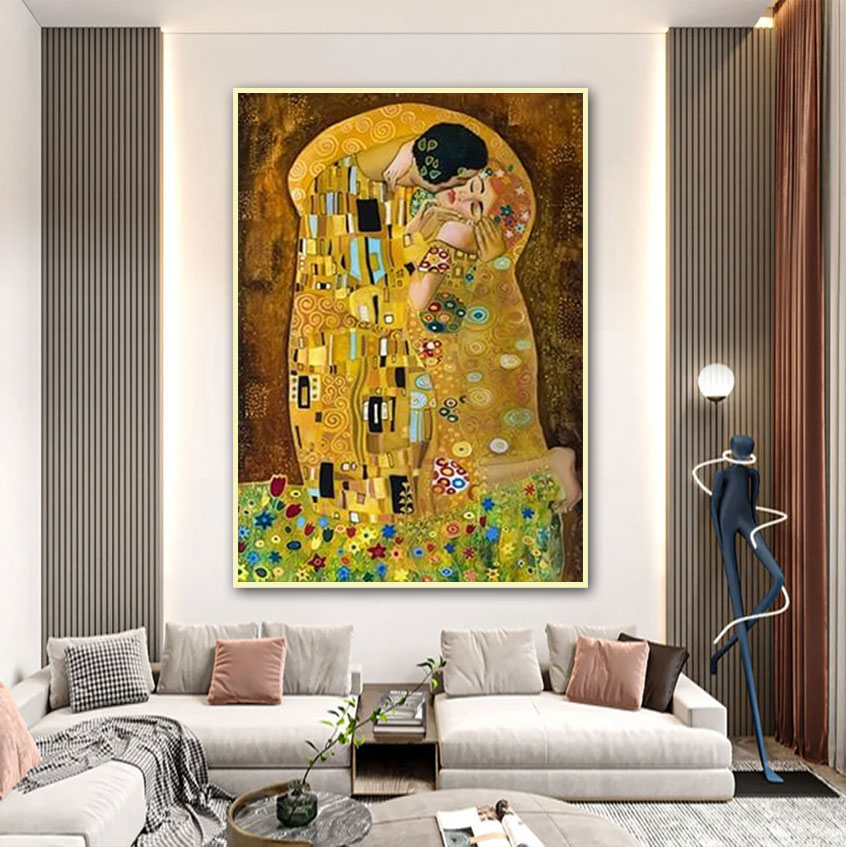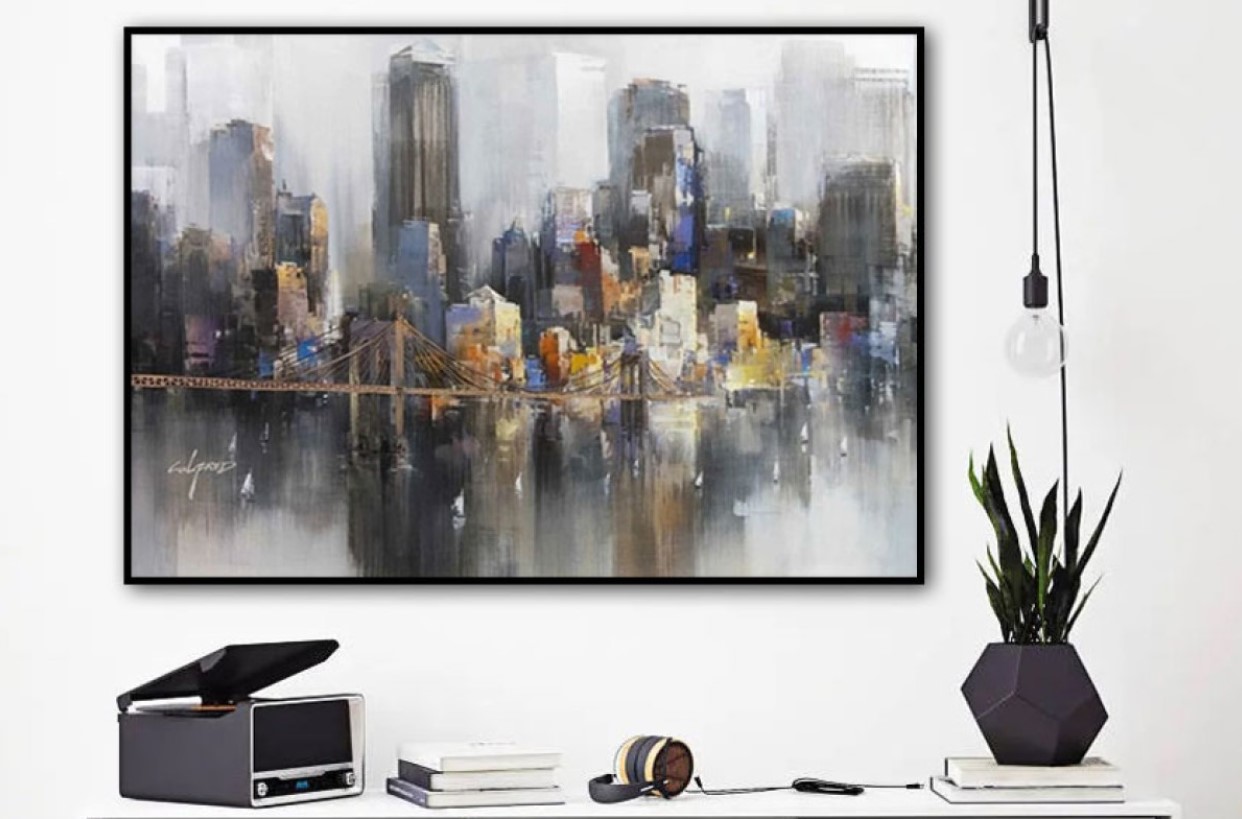**Comparing Physical Art Galleries and Online Art Shops: Navigating the Art World**
In the evolving landscape of art consumption, the traditional charm of physical art galleries and the modern convenience of online art shops offer distinct experiences. Each mode of engagement caters to different needs and preferences, influencing how art is discovered, purchased, and appreciated. This article explores the unique characteristics, advantages, and limitations of both physical galleries and online art shops to help art enthusiasts, collectors, and creators make informed choices.
### Physical Art Galleries
**Experience and Atmosphere**
Physical art galleries offer a tactile, immersive experience. Visitors can engage with art in three dimensions, feeling the texture of a painting or sculpture and appreciating its scale in a real-world context. The ambiance of a gallery—often thoughtfully curated with lighting, space, and layout—enhances the viewing experience. The social atmosphere of openings and exhibitions also fosters a sense of community and cultural engagement.
**Personal Interaction**
In physical galleries, visitors have the opportunity to interact directly with gallery staff, including curators, artists, and fellow art enthusiasts. This interaction can provide valuable insights into the artwork’s background, techniques, and the artist’s vision. Such personal engagement often enriches the appreciation of art and facilitates more informed purchasing decisions.
**Curated Selection**
Galleries typically showcase a carefully curated selection of artworks, often focusing on specific themes, styles, or artists. This curated approach helps maintain a high standard of quality and provides a cohesive viewing experience. For collectors, this means accessing artwork that has been vetted by experts, ensuring authenticity and value.
**Logistics and Accessibility**
One limitation of physical galleries is their geographical location. Accessibility can be an issue for those who live far from major art hubs or have limited mobility. Additionally, the operational hours of galleries might restrict viewing times, posing challenges for busy individuals.
### Online Art Shops
**Convenience and Accessibility**
Online art shops revolutionize art buying by offering a vast array of wall artworks from around the world, accessible from the comfort of one’s home. The convenience of browsing and purchasing art at any time, without geographical constraints, makes online platforms highly attractive. This global reach allows buyers to discover art that might not be available locally.
**Diverse Selection**
Online art shops provide an extensive selection of artworks, spanning various styles, genres, and price ranges. This diversity enables buyers to explore a wide spectrum of art forms and find pieces that align with their personal taste and budget. Many platforms also feature user-friendly search functions and filters to simplify the discovery process.
**Detailed Information**
Digital platforms often offer detailed information about each artwork, including high-resolution images, descriptions, artist biographies, and pricing. This transparency helps buyers make informed decisions. Online reviews and ratings can also provide insights into the reliability of sellers and the quality of the artworks.
**Virtual Viewing Tools**
To address the limitations of not experiencing art in person, many online art shops have incorporated virtual viewing tools. Augmented reality (AR) features allow users to visualize how an artwork would look in their own space, providing a sense of scale and placement. Despite this, these tools cannot fully replicate the physical experience of viewing art.
**Returns and Shipping**
While online shopping offers convenience, it also involves considerations related to shipping and returns. Ensuring proper handling and safe delivery of artwork is crucial, and buyers should be aware of return policies and potential shipping costs. Some platforms offer free returns or money-back guarantees to address these concerns.
### Conclusion
Both physical art galleries and online art shops have distinct advantages and cater to different needs in the art world. Physical galleries provide a rich, sensory experience and opportunities for personal engagement, while online art shops offer convenience, variety, and global access. For art enthusiasts and collectors, the choice between these two options often comes down to personal preference, the nature of the artwork, and the desired buying experience.
In an increasingly digital world, the coexistence of physical and online art venues enriches the art landscape, allowing individuals to explore and appreciate art in diverse and meaningful ways.



